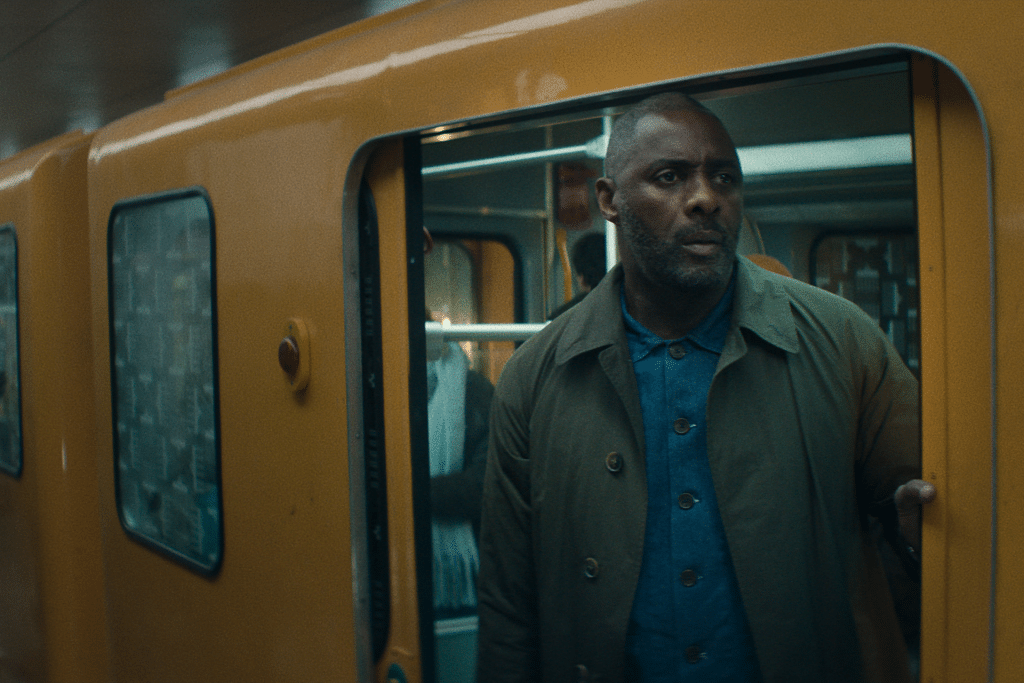Idris Elba’s hit thriller Hijack is set to make its return on January 14 with an all-new season that builds on the intense, real-time storytelling that made the first installment one of Apple TV’s standout originals. The announcement confirms that Elba will reprise his role as Sam Nelson, the crisis negotiator whose quick thinking and moral complexity defined the show’s breakout success.
The new season, again starring and executive produced by Elba, brings back the tension and claustrophobia that made Hijack a critical and audience favorite. Season Two shifts the action to a broader global scale, exploring how Nelson’s methods are tested when a new international security crisis unfolds far beyond the confines of an airplane cabin.
Returning Cast and Creative Team
The series reunites key members of its original creative team, including writer George Kay and director Jim Field Smith, whose fast-paced direction and grounded realism became the show’s signature. According to early details, the second season continues the format of unfolding events in near-real time, with each episode representing a new phase of the unfolding crisis.
The cast includes a mix of returning and new characters, as Nelson faces a layered web of political, personal, and tactical challenges. The production retains the show’s high-stakes tone while expanding its scope to multiple international locations, capturing the rising tension of a world on edge.
Evolution of the Storyline
While Season One took place largely aboard a hijacked commercial flight, the new story reportedly moves between air, land, and digital domains — integrating cyber warfare, intelligence operations, and moral dilemmas that test the limits of negotiation. This broader approach gives the narrative a fresh tempo without losing the immediacy that defined the show’s first run.
Producers describe Season Two as an evolution rather than a departure: a thriller that examines how communication and control break down under pressure, this time at a geopolitical scale. The creative direction aims to mirror contemporary security anxieties while maintaining the emotional depth of Nelson’s personal arc.
Idris Elba’s Expanding Role
Elba’s involvement as both lead actor and executive producer continues to shape the show’s tone and authenticity. His performance in the first season was praised for balancing determination and vulnerability, qualities that appear to deepen in the new storyline.
In interviews, Elba has noted that the second season explores the aftermath of the first — how surviving a high-intensity crisis changes a person, and how experience can both sharpen and haunt a negotiator. The result promises a psychological dimension that complements the show’s signature kinetic energy.
Cinematic Style and Release Strategy
As with the first season, Hijack blends tight pacing with cinematic production values. The use of handheld cinematography, dynamic sound design, and real-time tension remain central to the viewing experience. Apple TV plans a weekly rollout beginning January 14, a release pattern that helped fuel discussion and audience engagement during the first season’s run.
Industry observers expect the new season to anchor Apple TV’s early-2025 lineup alongside returning flagship dramas, reinforcing the platform’s strategy of pairing prestige storytelling with blockbuster-level spectacle.
With Hijack’s second season, Idris Elba steps once again into the role that helped redefine his presence in serialized drama — a performance rooted in calm under chaos, and one that continues to test the boundaries between authority, empathy, and survival.

